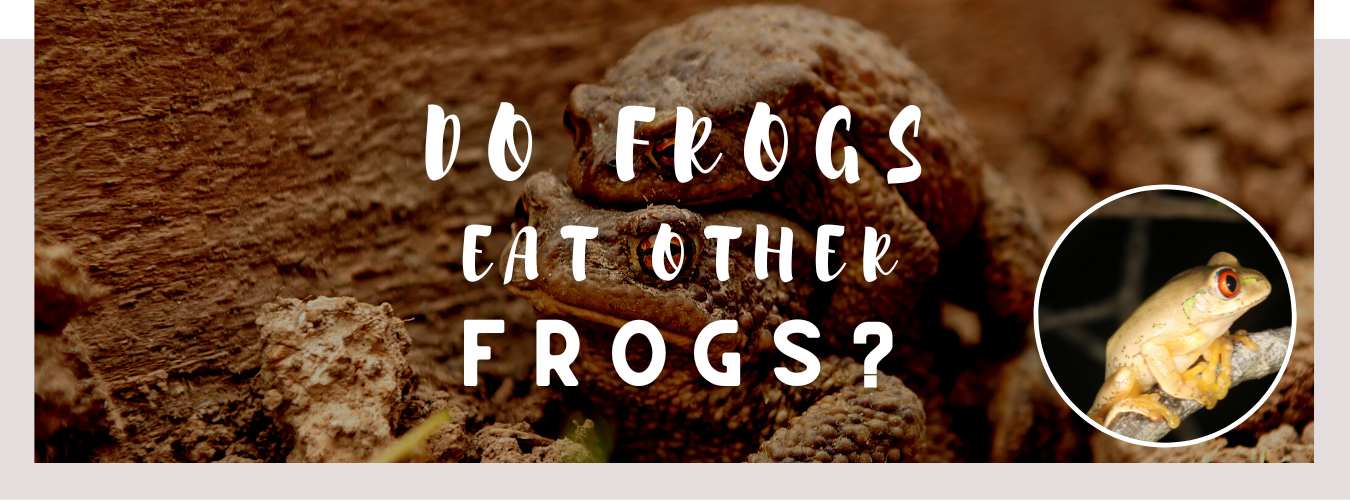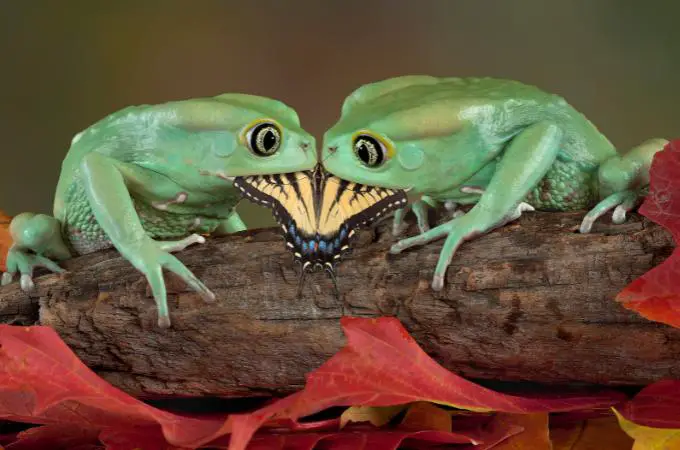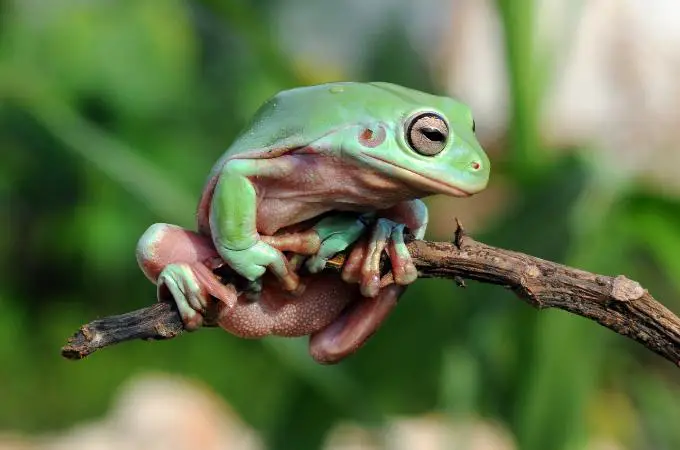
Have you ever wondered if frogs eat each other? It’s a fascinating question, and one that scientists have been researching for years. In this article, we’ll explore the facts behind this mysterious behavior to uncover what really goes on in the pond. We’ll look at how different species interact with each other and how they might find themselves as part of another frog’s meal. Get ready to jump into an exploration of some of nature’s most intriguing creatures!
Frog Anatomy and Behavior
Frogs are fascinating creatures with unique anatomy and behavior. They have highly developed senses, allowing them to detect prey from a distance. Their eyes can move independently of each other, providing the frog with an almost 360 degree view of its surroundings. Frogs also have moist skin that helps them maintain their body temperature in changing environments. As for their behavior, frogs are adept jumpers and swimmers, able to escape predators quickly when needed!
Prey Preferences of Different Species
Different species of frogs have varying prey preferences depending on their natural habitat, size, and feeding behavior. For example, tree frogs tend to prefer smaller prey such as fruit flies and small insects, while larger frogs such as bullfrogs and African clawed frogs can consume larger prey such as rodents, birds, and even other frogs. Some species of frogs, such as poison dart frogs, have specific prey preferences such as ants, termites, and mites, which they hunt on the forest floor. Aquatic frogs such as the African dwarf frog prefer aquatic invertebrates such as brine shrimp and daphnia. It is important for those who keep frogs in captivity to understand the specific dietary needs of their frog species and provide appropriate food items. Feeding a varied diet can also help provide essential nutrients and reduce the risk of dietary deficiencies.
Cannibalism in the Wild
Cannibalism is not uncommon among certain species of frogs in the wild, especially during their tadpole stage. In some cases, tadpoles of the same species may compete for resources such as food and shelter, leading to the stronger tadpoles preying on their weaker siblings. This behavior is called intra-specific cannibalism. Additionally, tadpoles may also prey on the eggs and tadpoles of other frog species, which is called inter-specific cannibalism. This behavior can have important ecological implications as it can impact the survival of frog populations in the wild. However, it is worth noting that cannibalism is not a universal behavior among all frog species and is influenced by various factors such as environmental conditions, food availability, and competition for resources.

Benefits of Eating Another Frog
Frogs are known to engage in cannibalism, which involves consuming members of their own species. While this behavior may seem unusual or disturbing, it can have benefits for the frog population in the wild. When resources such as food and breeding sites are limited, cannibalism can help to reduce competition among members of the same species. Additionally, consuming other frogs can provide a source of nutrition for the predator, especially if food sources are scarce. Cannibalism can also help to eliminate weaker or diseased individuals, reducing the spread of disease and promoting the survival of the strongest members of the population. However, while cannibalism can have some benefits, it can also have negative effects on frog populations if it becomes too frequent or widespread. Overconsumption of other frogs can lead to a decline in population numbers and genetic diversity, ultimately impacting the survival of the species as a whole.
Are Humans Affecting Cannibalism?
There is evidence to suggest that human activities are affecting cannibalism in frogs. One way that humans may be impacting cannibalism is through the introduction of non-native species. Non-native predators may be more efficient at consuming frogs, leading to a decline in the number of frogs available as prey. This can lead to increased competition among frogs, which may in turn increase the incidence of cannibalism. Additionally, habitat destruction and pollution can impact the availability of resources such as food and breeding sites, which can lead to an increase in cannibalism as frogs compete for limited resources. Climate change may also be affecting cannibalism in frogs, as changes in temperature and rainfall patterns can impact the timing of breeding and the availability of food sources. Overall, human activities are likely contributing to changes in cannibalism patterns among frog populations, highlighting the importance of conservation efforts to protect these animals and their habitats.

Controlling Cannibalism Through Captive Breeding Programs
Captive breeding programs for frogs can be an effective way to control cannibalism in certain species. In captivity, frogs can be separated into different age groups and kept in environments with ample food and space to reduce competition and cannibalism. Breeding programs can also help to increase genetic diversity within a population and reduce the risk of inbreeding, which can lead to weaker and less healthy offspring. Additionally, captive breeding programs can help to bolster wild populations of endangered frog species that are at risk of decline due to factors such as habitat destruction, climate change, and disease. By producing large numbers of healthy frogs in captivity and reintroducing them to the wild, captive breeding programs can help to improve the survival and overall health of frog populations. However, it is important to note that captive breeding programs can also have limitations, and successful reintroduction to the wild requires careful monitoring and management to ensure the survival of the animals.
Learning More About Frogs and Their Habits
Frogs are fascinating amphibians that can be found in a variety of habitats around the world. They have oversized eyes and long legs that enable them to jump great distances, as well as specialized webbed feet for swimming. Frogs also come in a range of colors including bright greens, yellows, oranges, and reds. While they spend most of their lives on land, frogs need water to survive; they typically lay eggs in shallow ponds or other bodies of water. Additionally, many species of frog use camouflage to blend into their surroundings so predators cannot spot them easily – making it even harder for us humans to find them!
You might also like: https://whatanimalseat.com/what-do-water-frogs-eat
